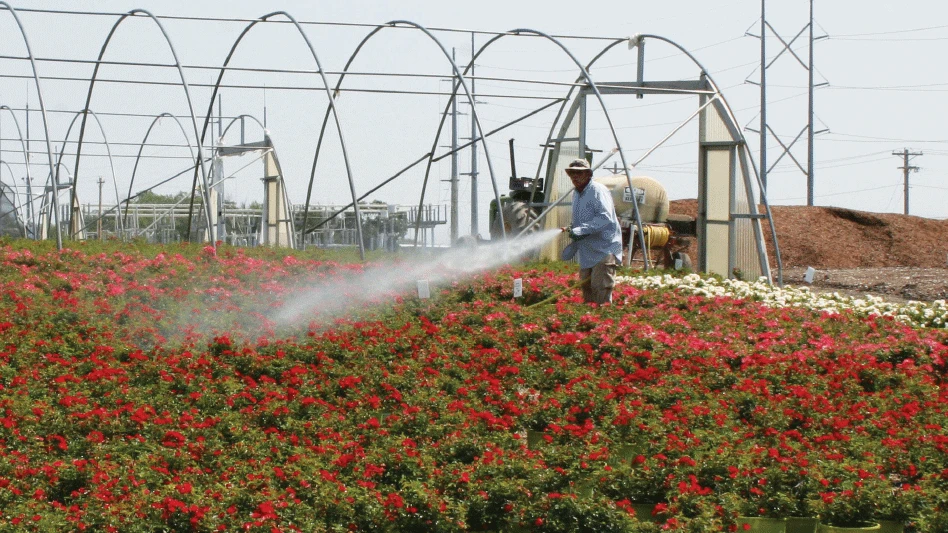
Photos by Raymond Cloyd
Insecticides are used to manage insect pest populations in nursery production systems because of the low tolerance consumers have for plant damage. Hence, there is a mindset that plants are protected from insect pest damage after insecticides have been applied. However, to ensure plant protection, nursery producers may increase the frequency of application and/or the rate of an insecticide if insect pest populations persist, which can enhance selection pressure and consequently lead to insecticide resistance.
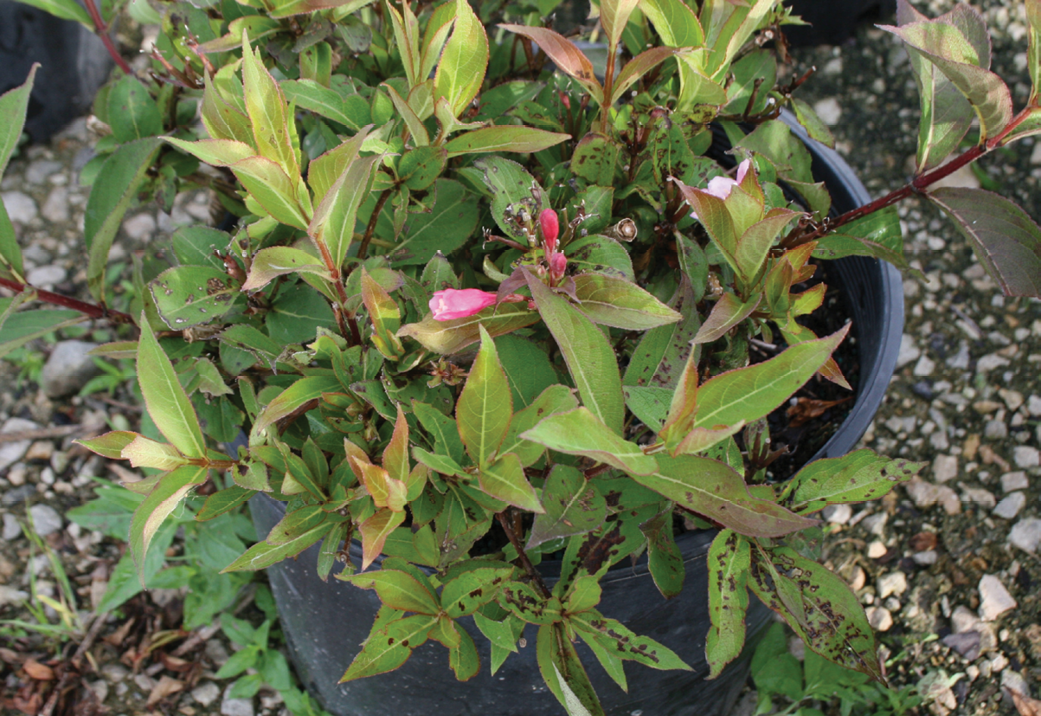
What is plant architecture?
Plant architecture is the spatial arrangement of plant parts (e.g. leaves, branches and stems) at a point in time. The number of leaves and branches primarily determines plant architecture. Plants grown in nurseries generally have complex plant architectures because consumers prefer plants with dense plant canopies.

Effect of plant architecture on insecticide spray applications
Plant architecture can influence the effectiveness of contact insecticides in managing insect pest populations. Plant architecture may negatively affect insecticide spray applications by decreasing penetration into the interior plant canopy. Insecticide applications are generally more effective in managing insect pest populations when plants are small or have a sparse canopy. When spray coverage is not sufficient within the interior plant canopy, insect pests, such as, scales and mealybugs that reside within and feed on stems or branches in the interior plant canopy avoid exposure to insecticide spray applications and subsequent residues.
Procedures that change the plant architecture or canopy complexity, such as pruning or applying plant growth regulators, create dense plant canopies that can influence the effectiveness of insecticide spray applications. An increase in the plant architecture or plant canopy density can negatively affect foliar applied insecticide spray applications by reducing penetration into the interior plant canopy, resulting in fewer numbers of insect pests killed. A dense plant canopy can inhibit the ability of contact insecticides to manage insect pest populations, such as scales residing and feeding in the interior plant canopy, below plant-damaging levels, by decreasing coverage of plant parts including leaves, branches and stems.
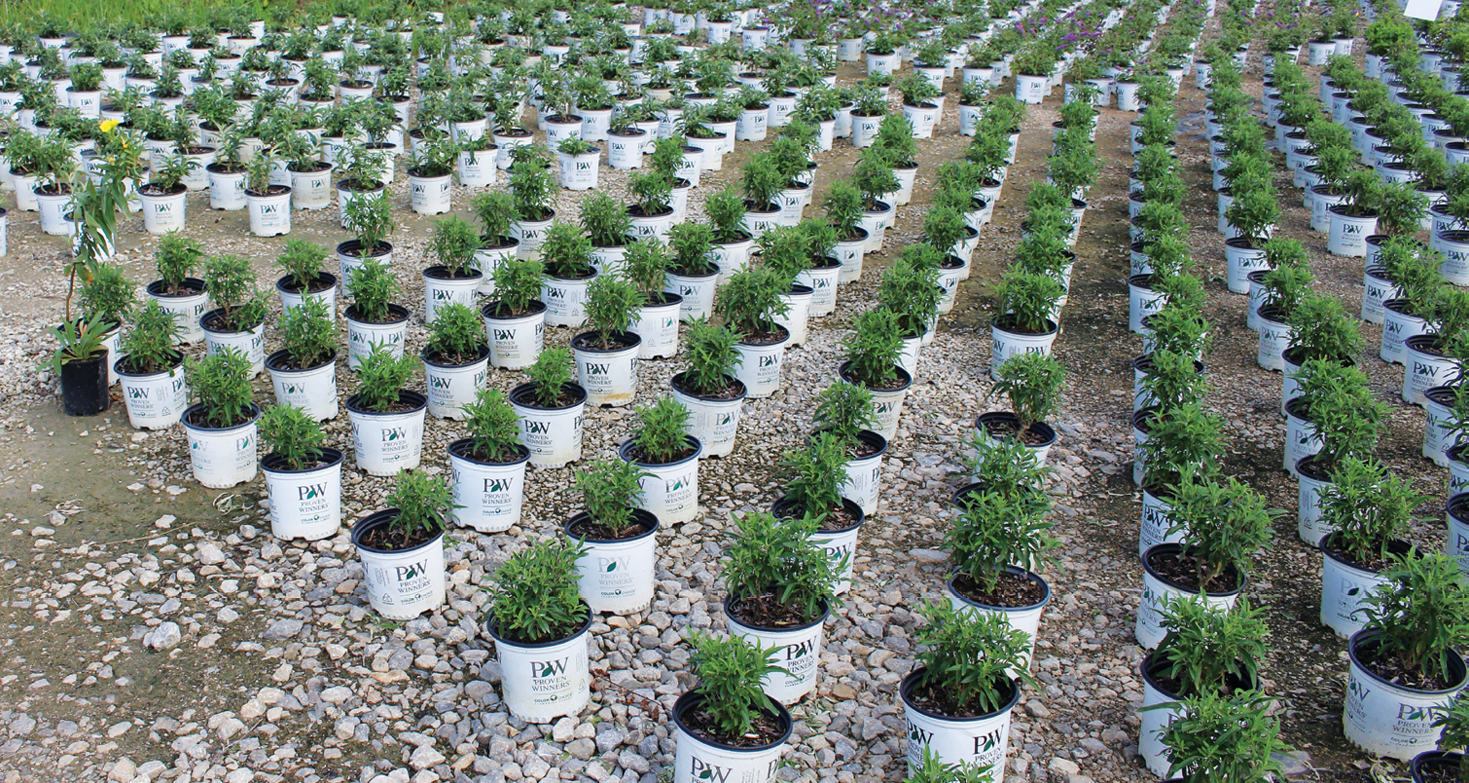
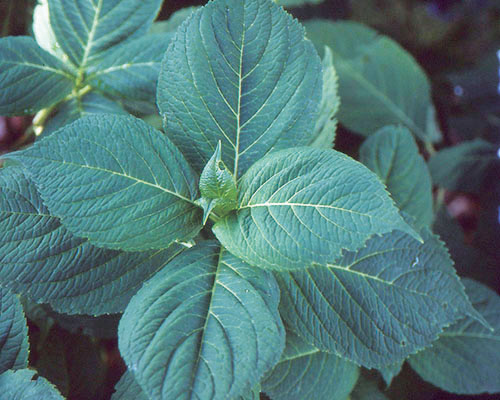
Effect of leaf size on insecticide spray applications
Leaf size may reduce the effectiveness of insecticide spray applications. Plants with large leaves obstruct insecticide spray applications from penetrating the interior plant canopy, resulting in insufficient spray solution contacting insect pests residing and feeding within the interior plant canopy. Consequently, insect pests will continue to feed and reproduce. Hence, the insecticide spray application will not provide effective management of insect pest populations to prevent subsequent plant damage. For example, hydrangea leaves, because of their size, can inhibit penetration into the interior plant canopy, reducing the volume of spray solution entering, which will decrease exposure of insect pests to insecticide spray residues.
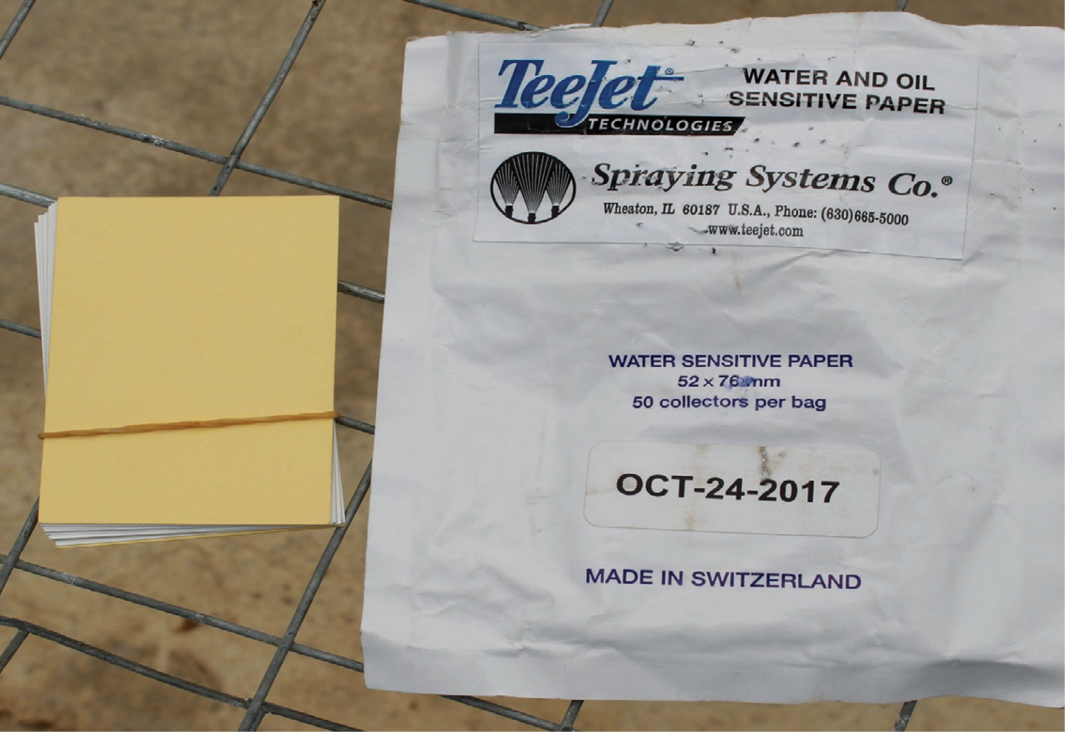
How to overcome effects of plant architecture
Spraying plants from the bottom of the canopy at a 45-degree angle upward and/or increasing the spray volume will increase spray penetration into the interior plant canopy. Use water sensitive paper to verify spray coverage and determine if adjustments in spray technique (e.g. slowing down or increasing nozzle distance from plants) or equipment (e.g. change spray nozzles or flow rate) are required.
It is important that nursery producers understand how plant architecture can affect insecticide spray applications. This will allow for adjustments to ensure sufficient coverage of all plant parts, especially within the interior plant canopy, thus resulting in high mortality of insect pests.

Explore the August 2024 Issue
Check out more from this issue and find your next story to read.
Latest from Nursery Management
- John Ruter shares UGA's latest woody and herbaceous ornamental plant breeding projects
- Conor Foy joins EHR's national sales team
- Pantone announces its 2026 Color of the Year
- Syngenta granted federal registration for Trefinti nematicide/fungicide in ornamental market
- Get to know Kayela Aeppli
- HILA 2025 video highlights: John Gaydos of Proven Winners
- Q&A with Justin Bartlett
- Be the best choice





